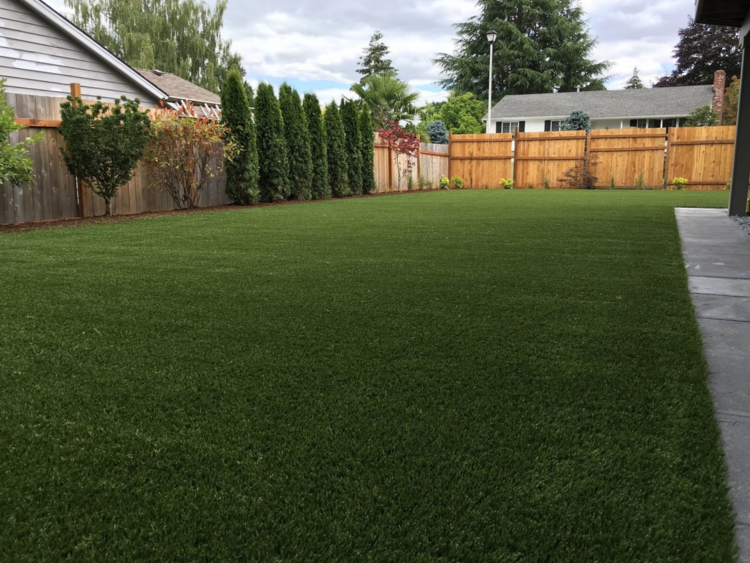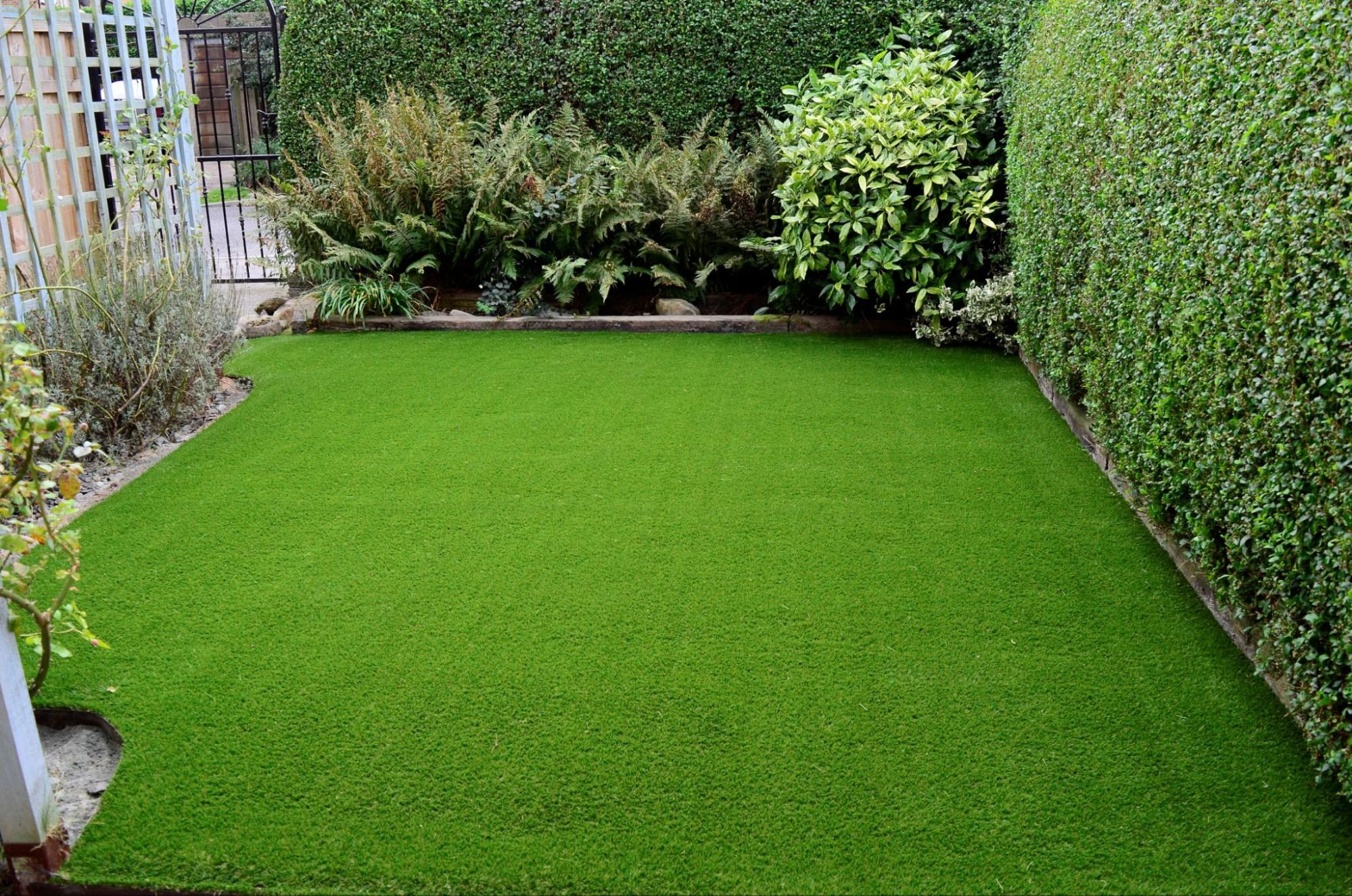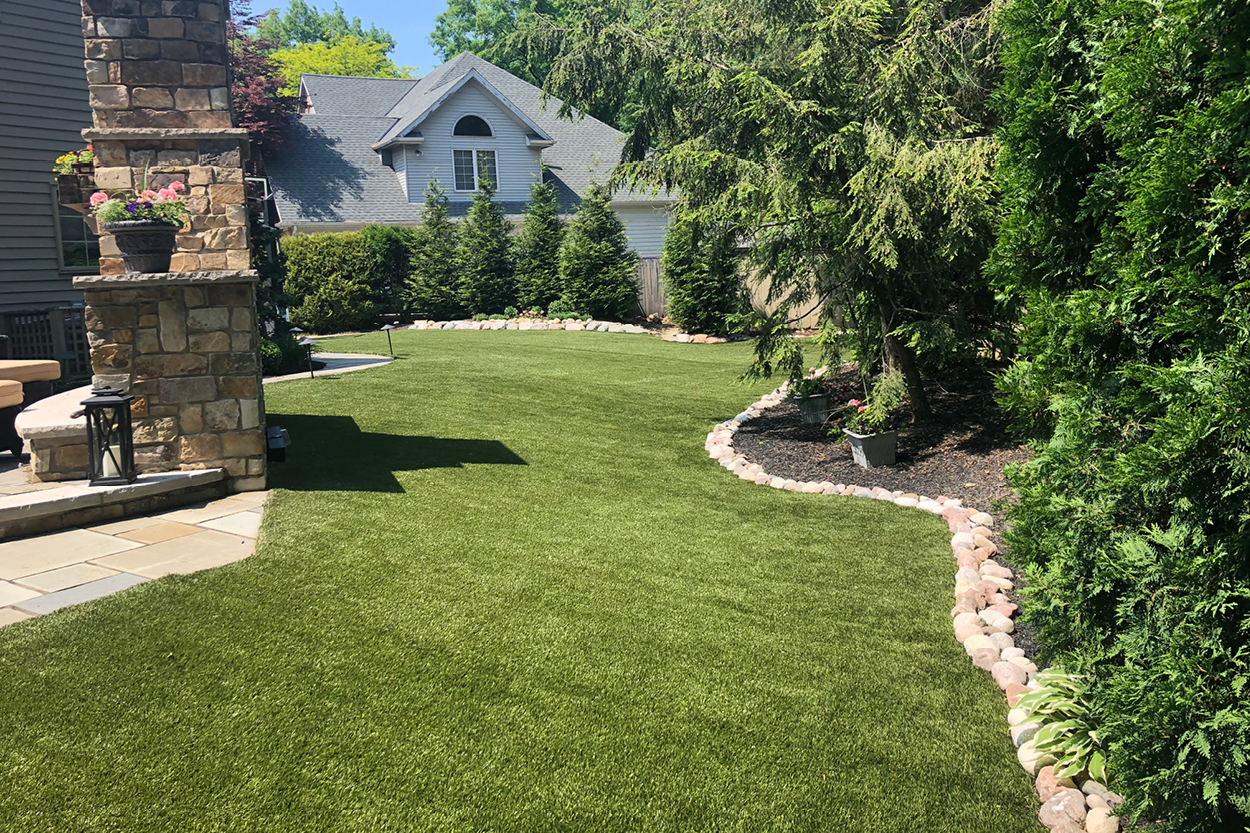Enhance Your Outdoor Space with Arizona Artificial Turf for a Vibrant Green Look
Enhance Your Outdoor Space with Arizona Artificial Turf for a Vibrant Green Look
Blog Article
Explore the Environmental Benefits of Opting for Synthetic Grass Solutions
The adoption of synthetic grass services offers a compelling opportunity to resolve pushing ecological difficulties. By dramatically decreasing water usage and lessening the application of damaging chemicals, these choices not just promote lasting landscaping however likewise secure neighborhood ecological communities. Additionally, the reduced carbon impact connected with reduced upkeep tasks adds to a more lasting strategy to land administration. However, the implications of these advantages prolong beyond plain preservation initiatives, questioning about their long-lasting effect on environment conservation and overall eco-friendly balance. Discovering these measurements discloses a complex interaction worth considering.
Water Preservation Conveniences
One of the most significant advantages of artificial turf is its ability to conserve water. Conventional turf lawns require substantial irrigation, especially in locations vulnerable to dry spell or water constraints. In contrast, synthetic grass does not require watering, significantly reducing the total need for water sources. This function is especially valuable in dry areas where water shortage is a pressing concern.
By removing the requirement for normal watering, man-made lawn adds to lasting landscape methods and aids reduce the ecological impact of too much water consumption. In addition, the conservation of water expands to the reduction of overflow, which can bring about soil disintegration and river pollution.
Furthermore, the installment of synthetic grass permits municipalities and house owners to designate water sources more effectively, concentrating on crucial uses such as drinking water and farming. The change towards synthetic grass not only advertises accountable water use however likewise lines up with wider environmental goals focused on protecting natural deposits.
As communities progressively prioritize sustainability, the water preservation advantages of fabricated lawn present an engaging situation for its fostering in business and property landscape design jobs.
Lowered Chemical Use
The change to synthetic grass considerably lowers the dependence on chemical therapies frequently used in natural turf maintenance. Traditional turf monitoring generally involves the application of herbicides, chemicals, and fertilizers to promote development and control insects. These chemicals can present dangers to human health, neighborhood wildlife, and the atmosphere, contributing to dirt and water contamination.
In comparison, fabricated turf removes the need for these unsafe substances. By lessening the release of artificial substances into the environment, artificial grass advertises healthier soil and water systems.
In addition, the absence of chemical drainage associated with synthetic grass setups aids protect regional rivers from air pollution, supporting water life and keeping biodiversity. Artificial turf companies phoenix. As communities significantly prioritize lasting techniques, choosing artificial turf presents a feasible service that lines up with environmental conservation objectives. Via this shift, homeowner can appreciate lavish eco-friendly areas without jeopardizing eco-friendly wellness, leading the way for a more sustainable future
Lower Carbon Impact

Furthermore, the setup of synthetic grass can result in substantial water conservation. All-natural grass call for substantial quantities of water for watering, which not just contributes to the carbon footprint related to water removal and treatment however likewise stress regional water resources. In comparison, man-made lawn requires marginal maintenance, needing no watering, thus dramatically lowering water use and its associated energy costs.
Additionally, the longevity of synthetic grass adds to its decreased carbon impact. With a lifespan of approximately 15 years or more, the demand for constant substitutes is lessened, causing less waste and lower energy consumption in production and dealing with traditional turf alternatives. Overall, artificial lawn presents a sustainable alternative for ecologically mindful landscaping.
Environment Conservation
Habitat preservation is a critical factor to consider in the dispute over landscape design choices, particularly when contrasting man-made turf to all-natural lawn. Natural grass yards frequently need extensive upkeep, including the use of plant foods, herbicides, and pesticides, which can detrimentally impact local ecological communities. These chemicals can leach right into the soil and rivers, hurting indigenous plants and animals and interrupting neighborhood environments.
Fabricated lawn eliminates the need for dangerous chemicals, therefore protecting nearby wildlife and maintaining the integrity of surrounding communities. The setup of man-made grass can lead to the conversion of former lawn areas into more biodiverse landscapes, such as pollinator gardens or indigenous plant locations, which can sustain neighborhood wild animals.
Inevitably, the change to fabricated lawn not just preserves water and lowers upkeep efforts however likewise fosters a more unified partnership in between human activities and the natural surroundings, advertising environment conservation while doing so.
Long-Term Sustainability
Long-lasting sustainability is a vital aspect in examining the advantages of synthetic grass over standard lawn lawns. Among one of the most considerable benefits of fabricated grass is its sturdiness; it my explanation can last up to 15-20 years with marginal upkeep, whereas natural yard needs constant reseeding and replacement. This longevity minimizes the requirement for constant resources, such as water, plant foods, and pesticides, which are essential for keeping a healthy yard yard.
Additionally, synthetic grass contributes to a decrease in carbon emissions connected with yard treatment equipment. Typical yards frequently call for her comment is here gas-powered mowers, trimmers, and blowers, every one of which add to air contamination. Arizona turf. In contrast, synthetic grass removes the need for such original site devices, advertising a cleaner atmosphere
In addition, the production of synthetic grass increasingly utilizes recycled materials, boosting its sustainability profile. As producers take on environment-friendly techniques, the environmental footprint of synthetic grass continues to reduce.

Final Thought
The adoption of synthetic turf services provides significant ecological advantages, consisting of considerable water conservation, minimized reliance on hazardous chemicals, and a reduced carbon footprint. Synthetic lawn aids in protecting all-natural habitats by lessening land disturbance and promoting lasting sustainability through the usage of durable materials. Jointly, these factors highlight the possibility of synthetic grass to add positively to ecological wellness and provide a practical choice to traditional landscaping techniques in an increasingly resource-conscious world.
In comparison, fabricated turf does not need watering, dramatically decreasing the general need for water sources. By minimizing the release of synthetic compounds right into the ecological community, artificial turf promotes healthier dirt and water systems.
Moreover, the installment of artificial turf can result in substantial water conservation. In contrast, man-made grass requires marginal upkeep, calling for no watering, thereby significantly decreasing water usage and its connected energy prices.

Report this page